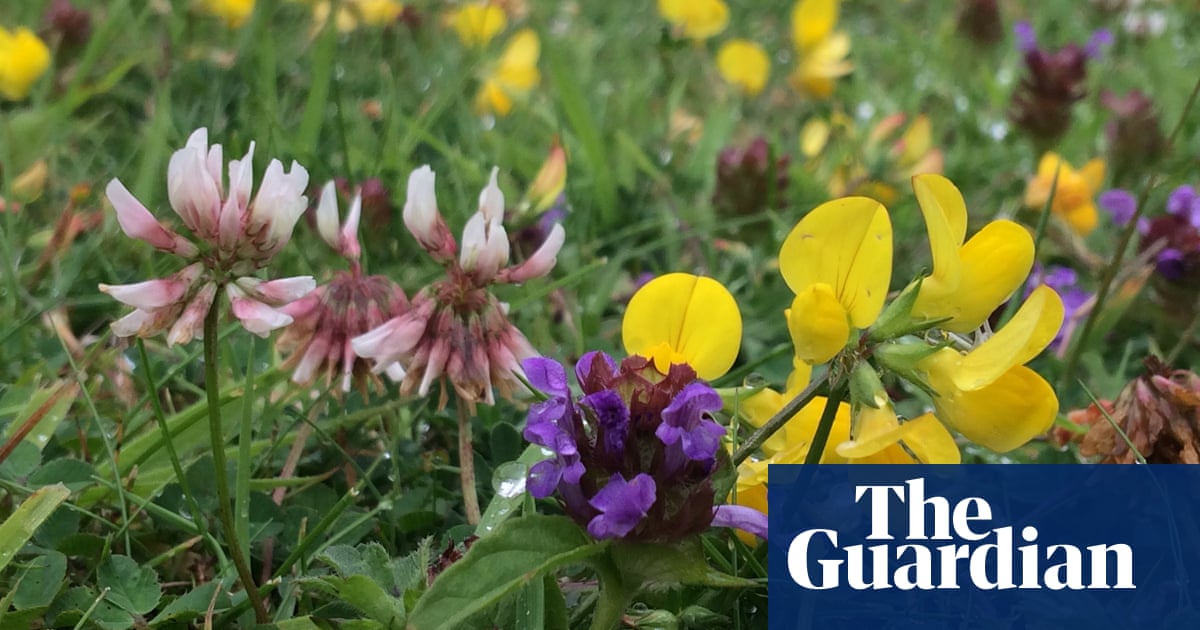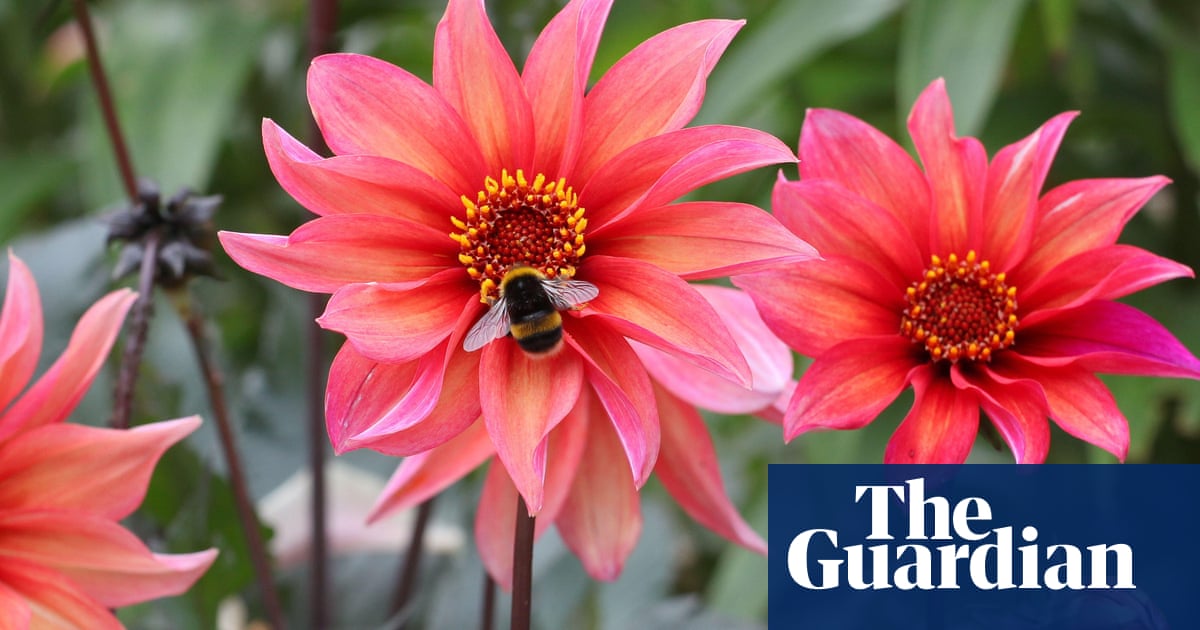
In general, I try to adopt a “good for you, not for me” approach to other people’s gardens. Ultimately, gardening is something that has brought me greatest pleasure when I have felt able to do it exactly as I wish. If you want to fill yours with gnomes, go for it! Want to dedicate all of your flower beds to spinach? Enjoy your iron-rich diet! Whatever makes you happy.
Where I struggle, though, is with lawns. Specifically, ones made of plastic (not to be discussed today – we’re still getting to know one another) and those maintained by someone wearing protective clothing, who arrives with a large vessel of chemicals and a sprayer.
The history of the lawn is complex and problematic, but the fact is: most gardens have one. Even my garden has one, and I don’t even like them. These often ecologically bankrupt swathes of green and, in our increasingly hot summers, yellow, feed into the myth of the “English Garden”, and we spend untold hours and reserves spraying and watering and mowing to maintain their carpet-like appearance.
But imagine a world where we just … didn’t? This time last year I spent a gossipy afternoon in the long, skinny and gloriously wild garden of Andrew Timothy O’Brien, a friend and clever gardener whose approach is pleasingly non-interventional (you can learn some of it in his permission-granting book To Stand and Stare).
Technically, there is a bit of lawn in O’Brien’s garden, but he hadn’t mown it all year and so it had bled beautifully into his flowerbeds – soft and wafting with daisies and dandelions, lady’s smock and speedwell. Where he and his spaniel, Nell, had trodden, a gentle path had been forged, but otherwise the place was left for the pollinators.
It was the essence of what’s become known as No Mow May in practice: abandon your mower for a month at a time (or, indeed, longer) to improve the fates of our invertebrates. We may be halfway through May, but there’s never been a better time to unshackle yourself from one of the most tedious of horticultural tasks.
Since the 1930s, 97% of British wildflower meadows have vanished; we’ve lost dozens of species of bee and hoverfly since 1980 due to insecticides (like those sprayed on domestic lawns), habitat loss and general biodiversity decline. Plantlife, the charity behind No Mow May, claims that putting the mower away can lead to an active reversal of this: a tenfold increase in bees thanks to the growth of nectar-rich plants such as white clover, daisy and selfheal can put on in a matter of weeks.
I tend to mow once a month, tops, due to laziness and curiosity – I like seeing what turns up when I don’t – but if you enjoy the satisfaction of neat stripes may I suggest adopting a landing strip approach? Even leaving parts of a lawn, such as concentric circles or a strip down the middle of a broader path, can vastly improve wildflower growth.












